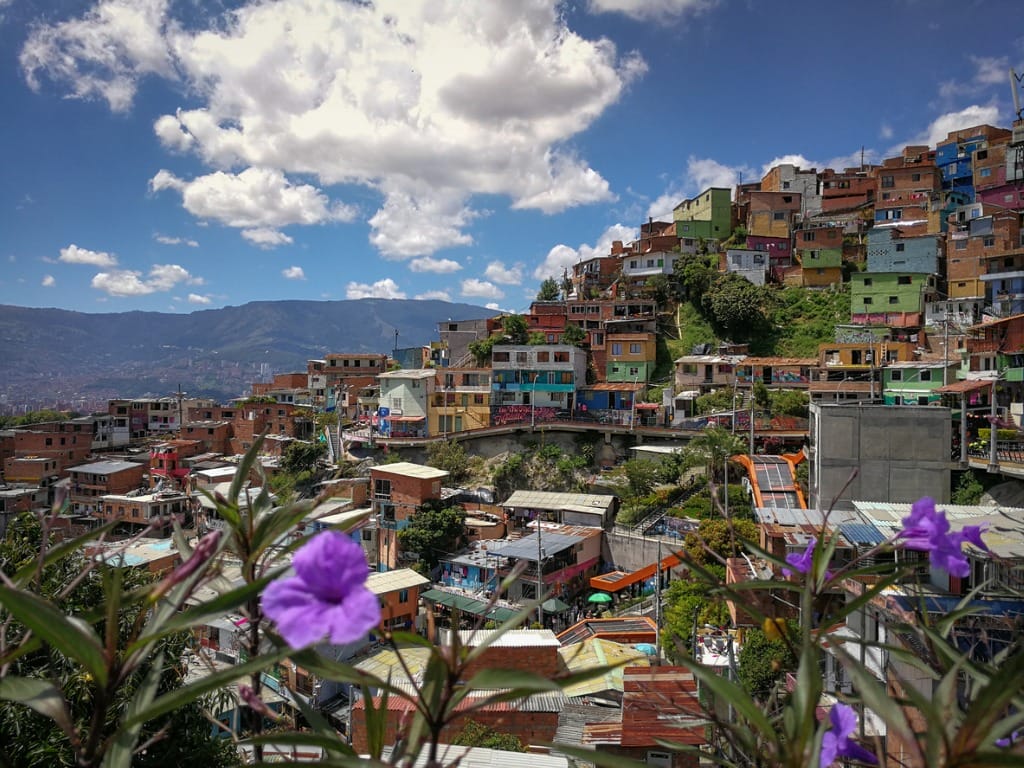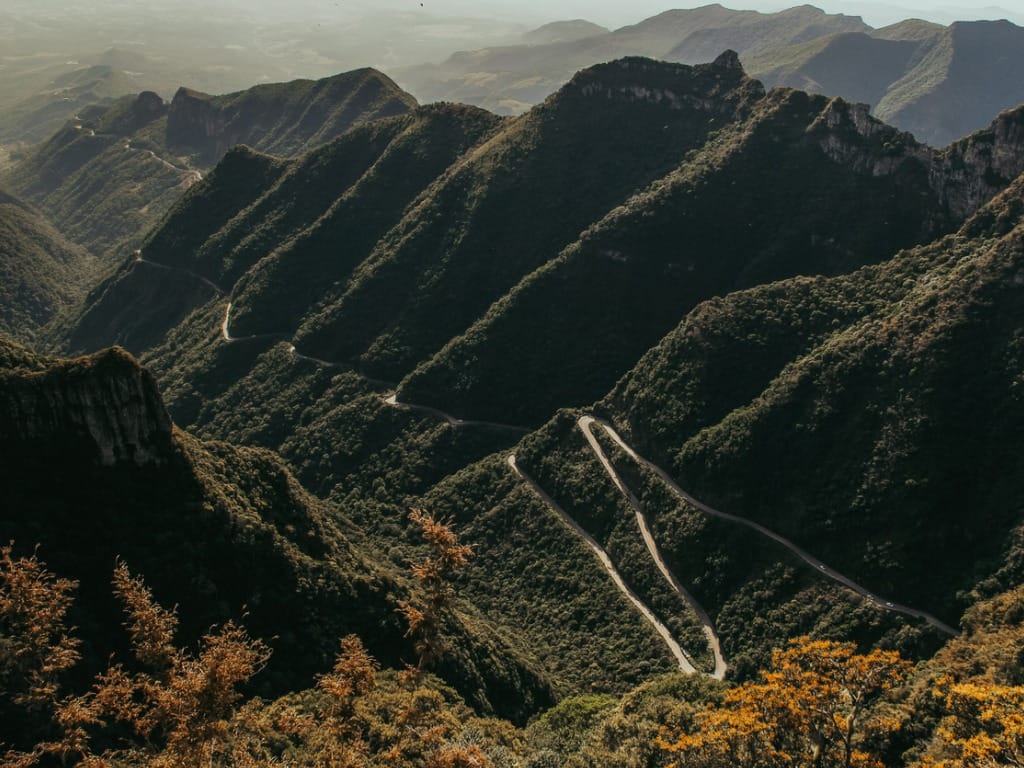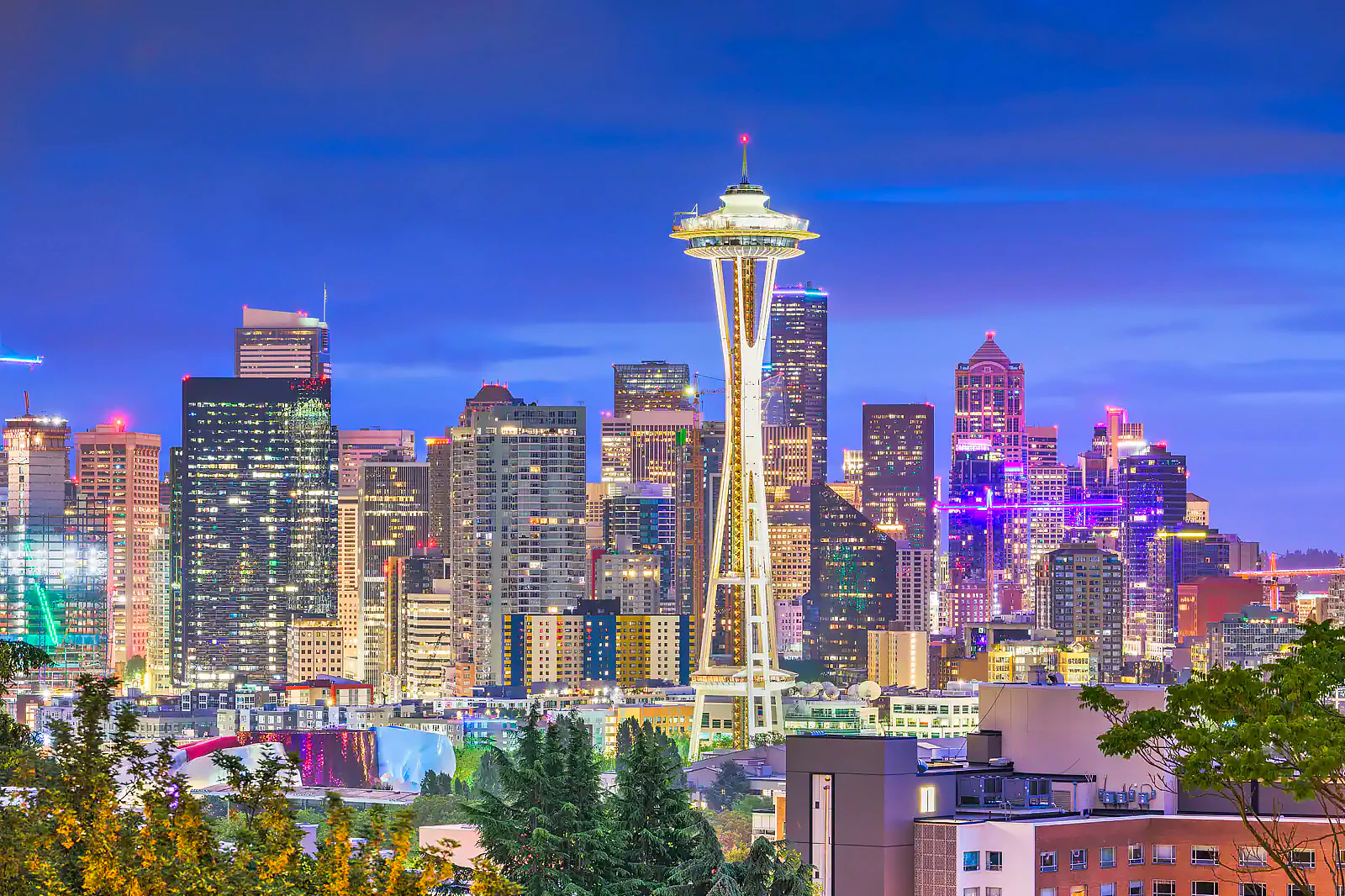As part of our increasingly hectic lives, the pressure to see more, do more and experience more has extended into travel. Tourists have long attempted to cram as much into their itineraries as possible in an effort to prove how far they had traveled – however a movement is underway that challenges this notion of rush: Slow Travel encourages tourists to slow down and immerse themselves fully into local culture, food and environment by decelerating and experiencing every element available to them on each journey.

Slow Travel Concept Explained
Slow travel isn’t a new concept; rather, it pays homage to an earlier era in which journeys were enjoyed leisurely, experiences were celebrated and connections treasured. Slow travel’s aim is to emphasize quality over quantity while providing an alternative to rapid tourism which often prioritizes quantity over quality.
Slow travel is fundamentally about connecting. It involves building a meaningful bond with the place you’re visiting and going beyond superficial tourism to understand the inner workings of everyday life that unfold around you. This could involve engaging with locals through dialogue or exploring neighborhood streets, or simply witnessing daily life unfold in front of your eyes – it’s about acknowledging that every destination has its own distinct character and soul.
Relaxation is another key feature of slow travel. In contrast to traditional tourism, where back-to-back activities may leave travellers exhausted, slow travel allows travelers to unwind at their own pace and relax into each moment – be it lounging at a local cafe, reading by the beach or meandering aimlessly through forest trails; slow travel provides opportunities to fully immerse in moments of leisure and tranquillity.
Immersion, the third cornerstone of slow travel, is closely tied with connection. Immersion entails immersing oneself into local culture, customs, and traditions by becoming active participants rather than passive observers; for instance learning a local language or attending community events; this immersive approach fosters mutual respect between cultures while creating cross-cultural exchange opportunities.
Slow travel extends far beyond simply traveling itself; rather, its focus should be integrating slow living principles into daily life, appreciating simple pleasures and prioritizing quality over quantity in experiences. Slow travel promotes mindfulness practices which increase our awareness of our surroundings while cultivating a deeper relationship with those in the world around us.
Discovering Local Culture
Integral to slow travel is immersing oneself in local culture. Travelers seeking authentic experiences – be it learning a foreign language, taking part in community activities or tasting new cuisine – often forge deeper connections to various cultures worldwide while developing an appreciation of all that they represent.
Savoring Local Food
Food can provide an insight into a culture’s soul; each bite can reveal rich layers of history, traditions, and local produce. Slow travel provides you with the perfect opportunity to savor each culinary experience as part of a journey of discovery and adventure.

Local markets provide the ideal introduction to any region’s culinary culture. Packed full of fresh produce, local specialties and tantalizing street food stalls, these bustling markets serve as the backbone of their community’s food scene – offering visitors the perfect opportunity to sample an abundance of culinary treats while taking note of everyday life in that location. Spend some time at local markets as an immersive travel experience! Not only can you sample a wide range of tasty goodies here; slow travelers also benefit by being present while engaging with vendors and learning about agricultural practices that help shape local food scenes and learning more about regional agriculture practices.
Cooking classes offer another engaging way to discover local food culture. Led by professional chefs or home cooks, these hands-on lessons allow visitors to gain hands-on experience preparing traditional dishes from various cuisines while learning techniques, ingredient choices and flavor profiles that define each cuisine – creating a sensory-rich experience and deepening one’s understanding of its culinary heritage.
Dining with local families is another rewarding aspect of slow travel. Nothing beats the authenticity of home-cooked meals in the warmth of family homes – nothing compares with tasting traditional recipes passed down through generations that won’t appear on restaurant menus! Conversation around the dining table can provide fascinating insights into local traditions, customs, and ways of life, creating personal connections that reach beyond food!
Culinary experiences not only delight your palate, but they also feed both mind and soul. Through them you gain an appreciation for local history, traditions, and cultures that shape local cuisine – each dish tells its own tale about its land of origin, creators, recipients and generations that have benefitted.
Sourcing local cuisine is more than just eating: it’s an experience in itself that celebrates cultural diversity, local produce, and our shared understanding of cuisine as a language that unites us all. Slow traveler’s are invited to participate in this celebration by enjoying each bite as part of a journey into another place’s culinary heritage.
Environmental Responsibility
Slow travel helps reduce carbon emissions associated with frequent air travel by spending more time at each destination, using local transport, staying in sustainable accommodations and supporting local businesses. Slow travel isn’t just about experiencing the world – it’s also about protecting it for future generations.
As environmental concerns increase, so too has the need for sustainable travel practices become ever more essential. Slow travel offers an eco-conscious alternative for exploring our world.
Slow travel focuses on minimizing carbon emissions caused by air travel, rather than constantly switching cities or countries. Slow travelers typically stay longer in fewer places to immerse themselves more deeply into local culture while simultaneously cutting down their carbon footprint by cutting back on air travel.
Slow travel also encourages local transportation options. Instead of relying solely on private or rental vehicles for their travels, slow travelers are likely to opt for public transit, bicycles or their own two feet as an alternate mode of exploration. Not only does this lower carbon emissions but it provides a more authentic travel experience with opportunities for serendipitous encounters and discoveries.
Slow travel requires choosing accommodation that prioritizes sustainable practices, rather than opting for large, often environmentally unfriendly hotels. Slow travelers typically favor eco-lodges, homestays or bed-and-breakfasts which operate according to green principles such as using renewable energy sources or recycling waste as part of local conservation initiatives.
Slow travel helps promote sustainability by supporting local businesses. When purchasing goods and services from vendors, artisans, and guides in their area, travelers boost local economies while decreasing long-distance shipping requirements for goods.



